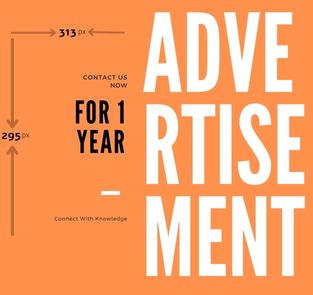While supply-chain issues have impacted vehicle manufacturers across the board, the divide between entry-level cars with lower sticker prices and the premium-level segments has widened sharply post-pandemic confirming the sharp inequality that has marked the recovery process.
Data from the country’s top three passenger vehicle manufacturers, Maruti Suzuki, Hyundai Motors and Tata Motors — these account for over 70% of all car sales in FY 2021 — show that all of them have made a decisive shift up.
For market leader Maruti Suzuki, cars costing Rs 10 lakh and above (the premium segment), as a percentage of its total portfolio of models, have grown from just 2.5% in FY20 to 14% during the current fiscal. For Hyundai, that jump is from 20% to 40%; and for Tata Motors, it’s from 20 to 28%.
Numbers from industry lobby group Society of Indian Automobile Manufacturers (SIAM) for the first half of this fiscal show that the sales growth is led by sports utility vehicles (SUVs), which constitute a big chunk of passenger vehicles costing over Rs 10 lakh and above. While sales of passenger cars, including entry-level hatchbacks, during the first half of this fiscal over the same period in 2018-19 have declined by 24.7% to 880,000 cars, sales of utility vehicles during the same period have increased 111.6% to 982,000.
Sale of premium cars is expected to help auto companies clock record numbers this fiscal — the last record high year for automobile companies was 2018-19.
In contrast, entry-level cars, motorcycles and mopeds are still struggling to recover.
SIAM data show that the mini and compact-car segments, during the second quarter of this fiscal, have clocked a growth of 44% and 9% respectively, lower than the peak year of 2018-19.
While mopeds are down 51% from the 2018-19 peak, motorcycles (up 110 cc engine) are down 35%. This underlines the continuing distress in the lower-end of the auto segment, which has a cascading impact on the entry-level car market as a bulk of consumers graduating to this segment are those who move up from two-wheelers.
Two tracks in recovery
Low-priced cars are usually bought by first-time users or those upgrading from two-wheelers. This is the segment whose income has been hardest hit by the pandemic. Car companies have reinforced this by cutting options at the lower end and pushing over-Rs 10 lakh models across the board.
CRISIL Research estimates confirm this trend: in FY22, cars priced above Rs 10 lakh sold five times faster than those with sticker prices lower than Rs 10 lakh, and garnered around 38% year-on-year growth compared with just around 7% growth for the latter.
Consequently, the market share of premium cars rose 5 percentage points to around 30% last fiscal, compared with around 25% in fiscal 2021. This 30% market share is the highest level for premium cars clocked in the last seven years.
Multiple analysts that The Indian Express spoke to said that this figure is likely to be higher this year.
Behind this is a range of factors: a difference in income levels of target consumers post-pandemic; a steeper rise in the prices of lower-end cars; dwindling options in the entry-level segment as some manufacturers have exited it; and a surge in new launches in the higher-priced segments.
Typically, lower-priced cars are bought by first-time users or those replacing used cars. And with the pandemic impacting income outlook significantly for entry-level car buyers, purchases and upgrades have been pushed back.
CRISIL Research estimates that “the employee cost (wages) of large and medium companies — a proxy for income sentiment among affluent buyers of higher-priced cars — has increased way more than those of small and medium-sized companies who typically account for a larger proportion of lower-priced car buyers”.
Added to that is the 15-20% increase in the sticker price of lower-end cars over the past four years on account of multiple regulatory and compliance requirements – increased safety regulations that mandate ABS, front-row airbags, and crash test norms, as well as the transition to BS-VI emission norms.
Sales of best-selling low-priced vehicles such as Maruti Suzuki’s Alto, Swift, Celerio, and Dzire; and Hyundai’s i10 and i20 (which cumulatively accounted for around 56% of the lower-priced cars sold in fiscal 2019), have been on a decline for three fiscals now. As a result, there were only around 39 models of lower-priced cars available in FY22 versus around 54 in fiscal 2016.
SIAM is, however, hopeful of a recovery in the rural market with good monsoons. “The entry-level segment has been impacted due to various reasons like inflation etc… Rural market is also hit. Hopefully, the rural market will perform better with good monsoons,” said Vinod Aggarwal, president, SIAM and the MD & CEO of VE Commercial Vehicles.
Data by the Mumbai-based Centre for Monitoring Indian Economy records that between 2019 and 2022, agriculture added 11 million new jobs while the rest of the economy shed 15 million jobs. Rural wages, particularly non-farm wages, declined sharply through the pandemic and are yet to recover.
Auto industry insiders say that the rural market continues to struggle with few signs of recovery. “Rural market is stressed and, hence, the decline in sales of entry-level cars. As of now, the urban market — where people are buying their second and third cars — is holding the market. One is not sure whether the rural market will recover by the time demand in the urban market falls,” said an auto industry insider.





